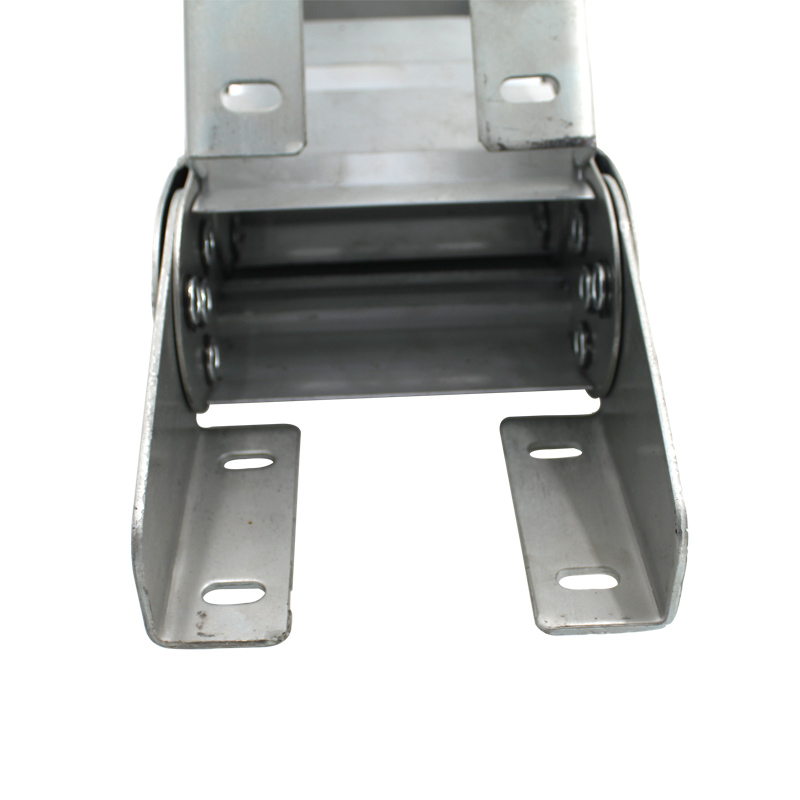toothed belt drive
Understanding Toothed Belt Drive Systems
Toothed belt drives are essential components in many mechanical systems, offering a reliable and efficient means of transferring power between shafts. These systems utilize a belt with teeth that mesh with corresponding grooves on pulleys or gears. This design minimizes slippage and allows for precise control over motion and speed, which makes toothed belt drives particularly popular in various industrial applications, automotive systems, and household machinery.
One of the primary advantages of toothed belt drives is their ability to maintain a constant speed ratio between the driven and driving shafts. Unlike traditional V-belts that can slip under heavy loads, toothed belts grip firmly onto the pulleys due to the interlocking teeth. This feature is crucial in applications where accuracy and consistency are necessary, such as in CNC machines, 3D printers, and robotics.
Toothed belts are typically made from high-quality materials such as neoprene or polyurethane, which are reinforced with fibers such as aramid or steel. This construction provides excellent tensile strength, allowing the belts to handle substantial loads without stretching or deforming. Additionally, the teeth are designed to minimize wear, ensuring longevity and reducing the need for frequent replacements.
toothed belt drive

Another significant benefit of toothed belts is their low noise operation. Compared to chain drives and gear mechanisms, which can produce substantial noise and vibrations, toothed belts operate quietly, making them ideal for environments where noise reduction is essential. This is particularly beneficial in office equipment, such as printers and copiers, where noise can be a distraction.
Installation and maintenance of toothed belt drive systems are generally straightforward. The belts can be easily aligned, and most systems allow for simple adjustments to the tension. Regular maintenance primarily involves checking for wear and ensuring proper tension to maintain efficiency. Unlike chain drives, which require lubrication, toothed belts operate dry, which simplifies maintenance tasks and reduces contamination risks.
Despite their many advantages, toothed belt drives are not without limitations. They typically have a shorter lifespan compared to chain drives when exposed to excessive heat or extreme conditions. Moreover, they can be sensitive to misalignment, which may lead to premature wear or failure if not addressed promptly.
In conclusion, toothed belt drives offer a versatile and effective solution for power transmission in a myriad of applications. Their ability to provide precise motion control, coupled with low noise and minimal maintenance requirements, makes them a favored choice for engineers and manufacturers. As technology advances, the design and materials used in toothed belt systems continue to improve, promising enhanced performance and greater durability for future applications.








